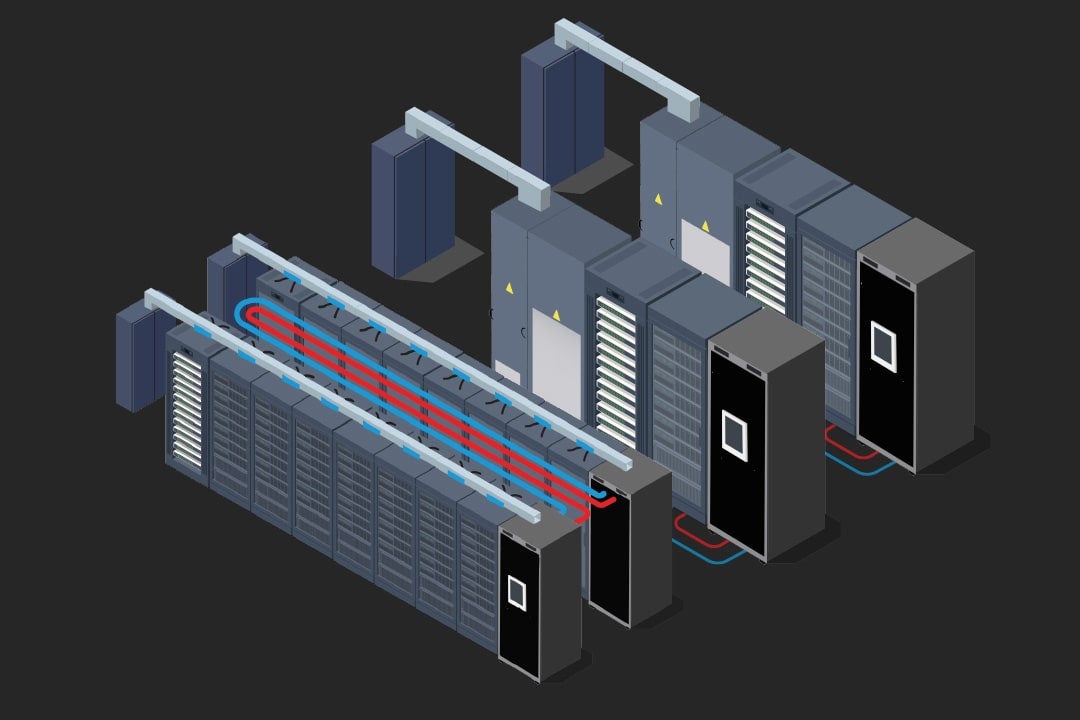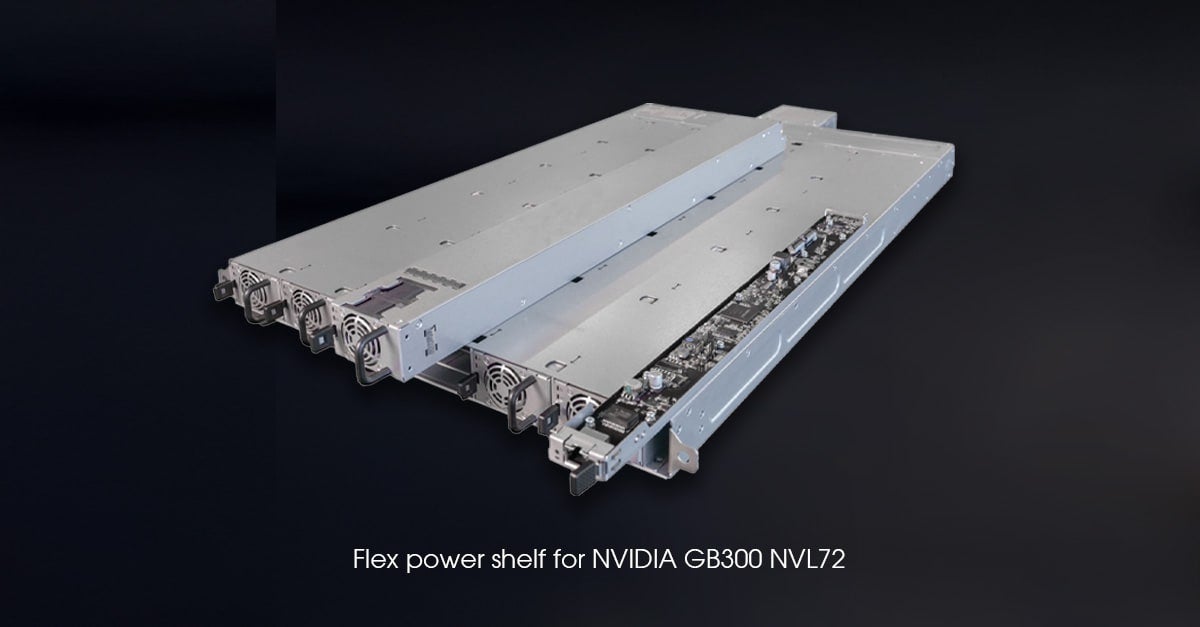
With megawatt-class AI racks on the horizon, momentum is accelerating for the adoption of an 800 VDC power distribution system, announced by NVIDIA, capable of supporting the escalating energy demands of modern AI and high-performance computing. 800 VDC bridges the gap between traditional low-voltage data center standards and the much higher voltages seen in utility transmission. It is a foundational shift that cascades throughout the data center architecture as incoming, three-phase AC power from the grid is converted to 800 VDC for distribution to racks, then stepped down to the lower voltages required of servers, processors, and memory modules.

The shift from 48V to 800V power distribution architecture enables delivery of megawatt-scale rack power safely, efficiently, and with minimal material and infrastructure costs. It confers significant advantages for data center operators, increasing energy efficiency, lowering cooling costs, and eliminating potential points of failure as the number of required conversion steps is reduced. It also greatly reduces copper power loss.
But the electrical, mechanical, thermal, and safety challenges associated with 800V require fresh thinking and technological prowess to make widespread deployment feasible. For instance, innovations in solid-state circuit breakers enhance safety and reliability. More compact intermediate bus converters (IBCs) step down power efficiently in space-constrained racks. Liquid cooling systems manage the intense heat produced by high-density compute environments. Flex is collaborating with partners and customers to define updated safety standards and work practices that ensure these systems can be operated and maintained safely.



